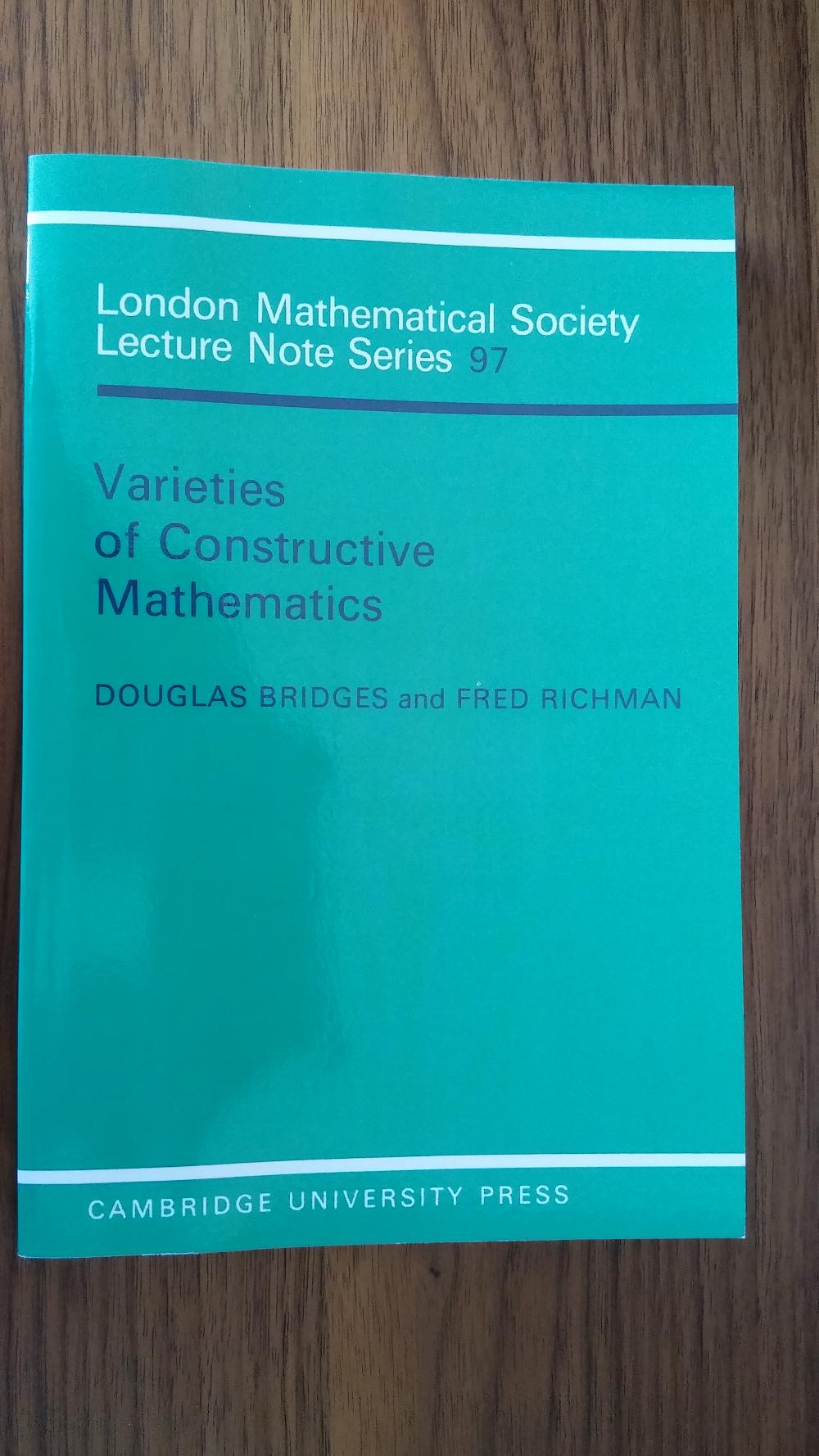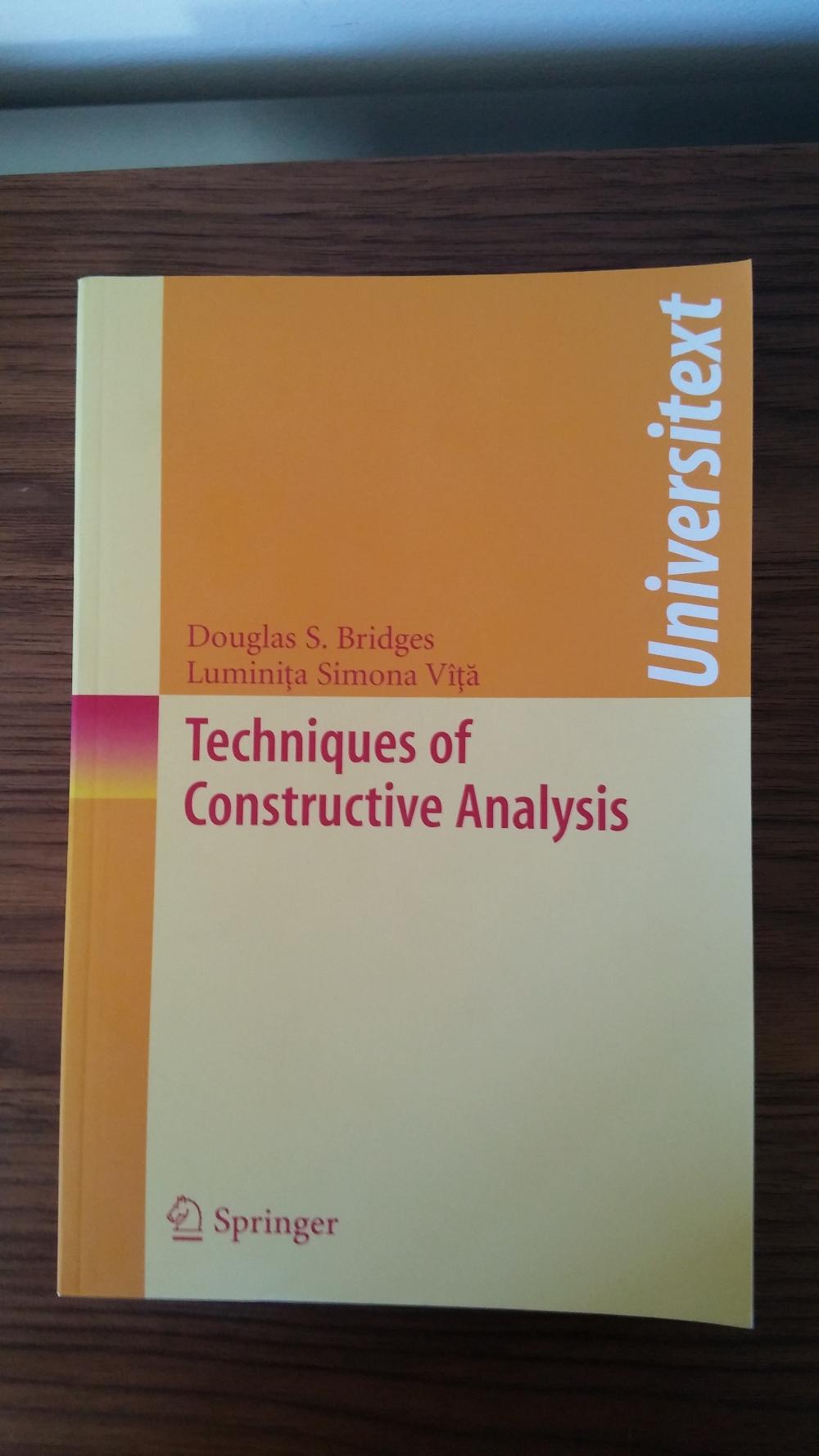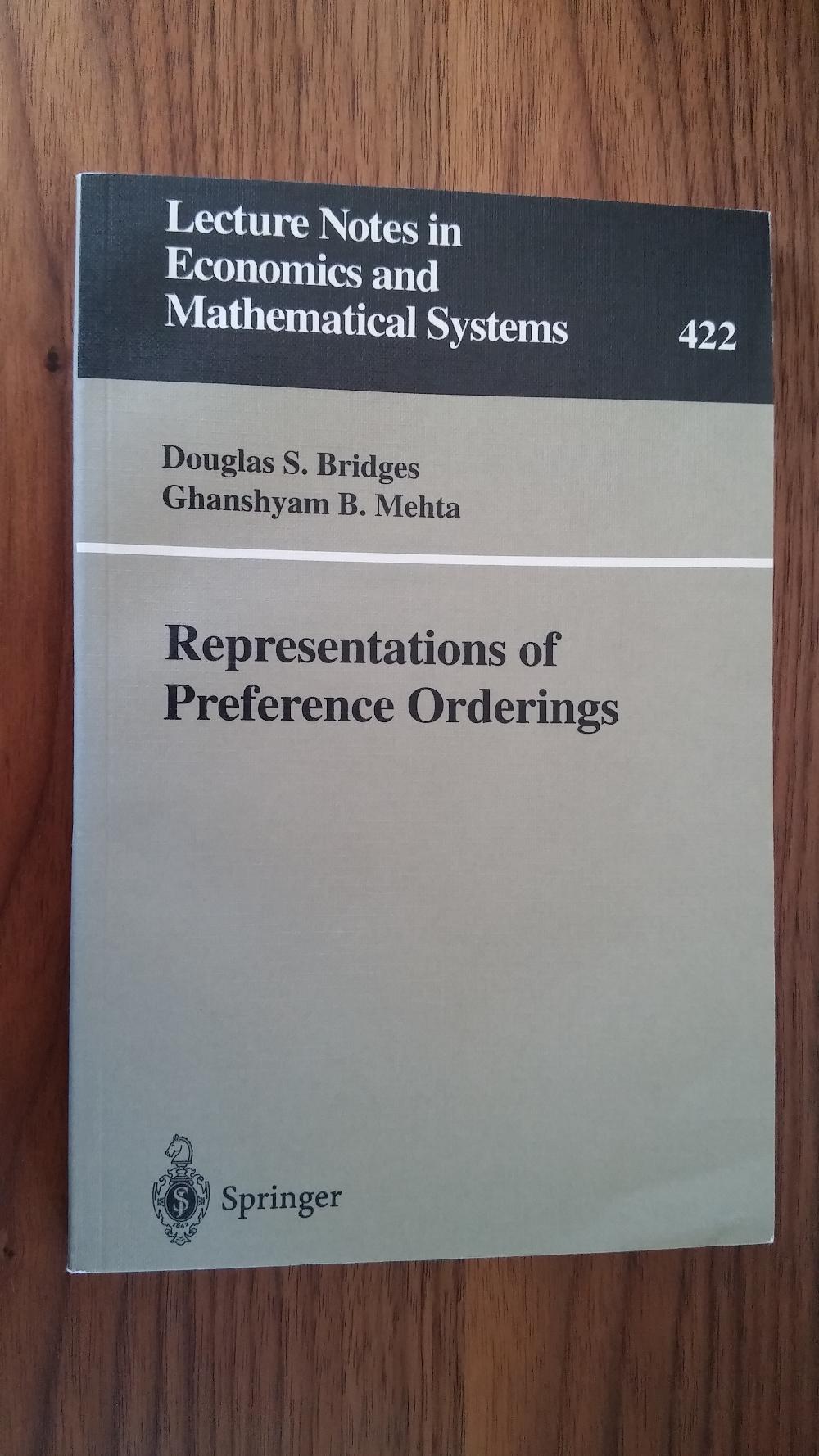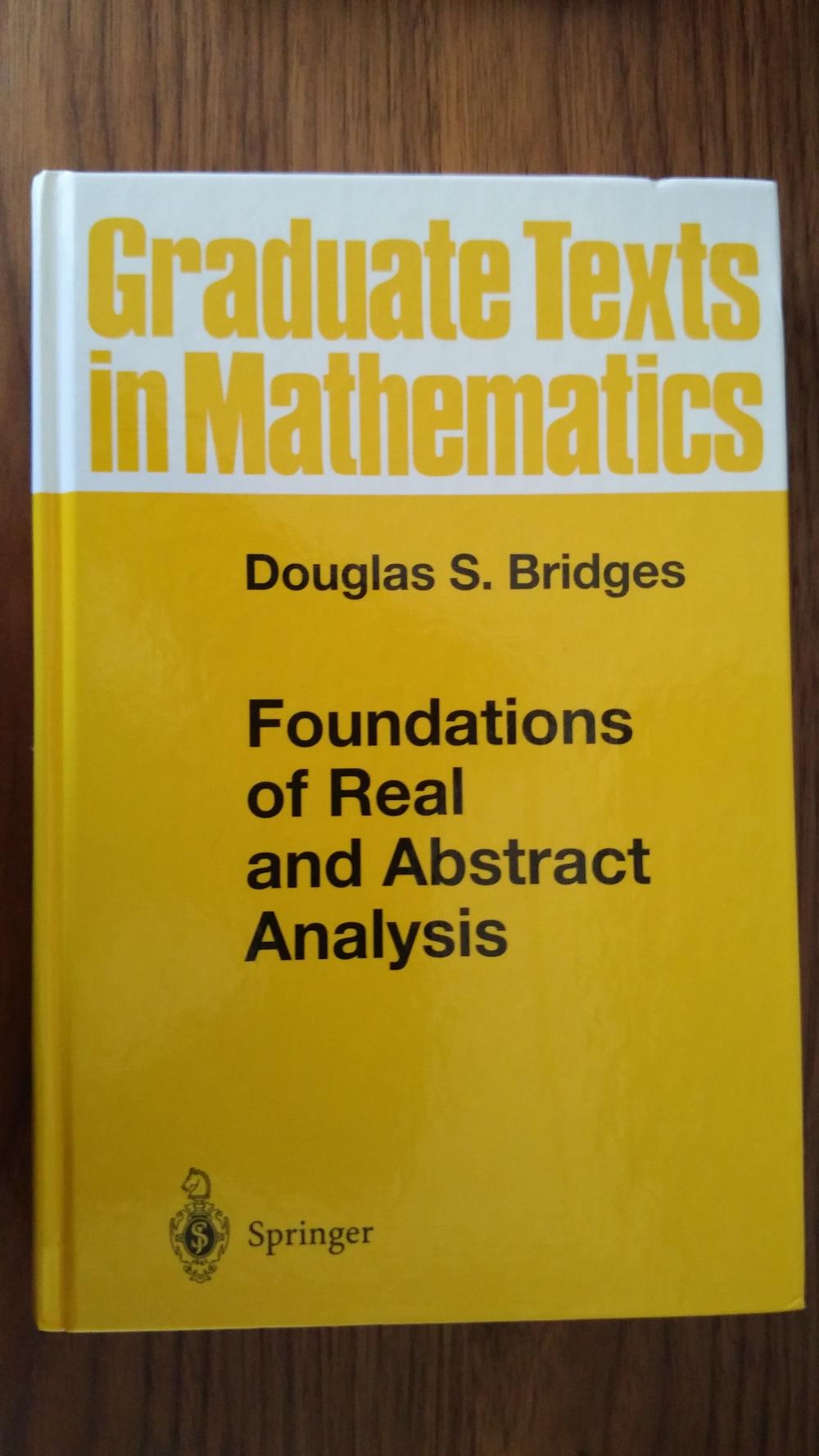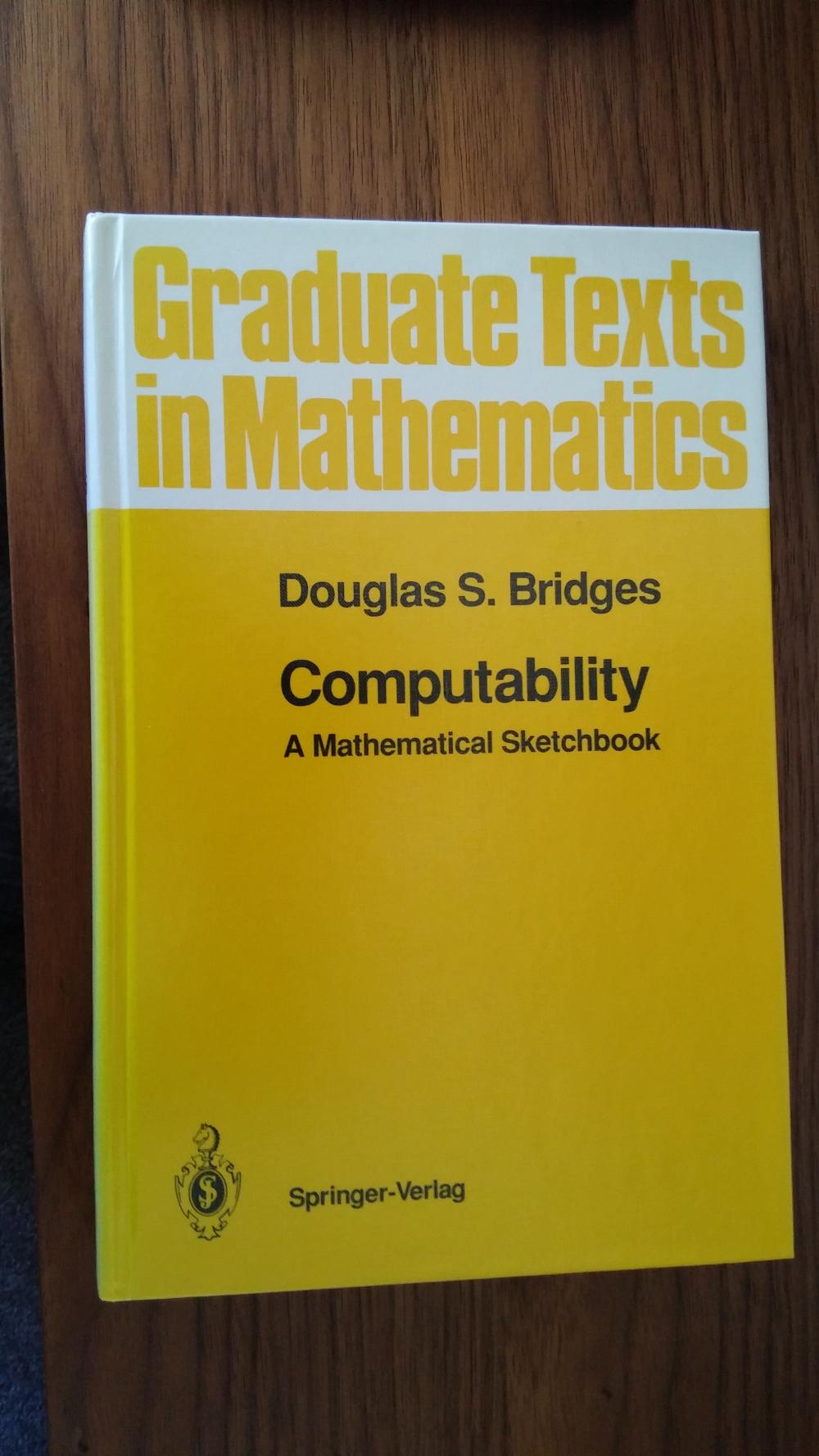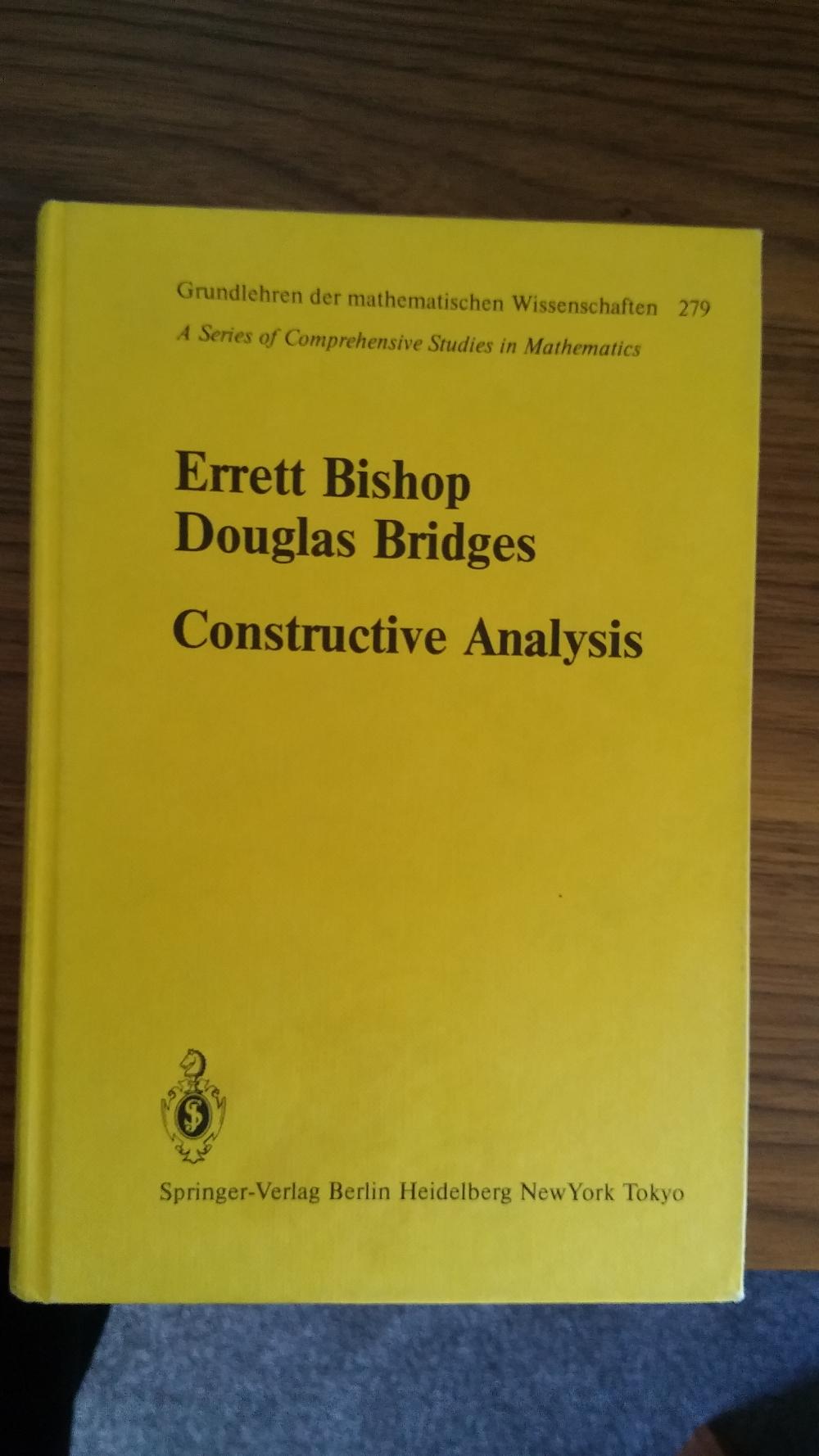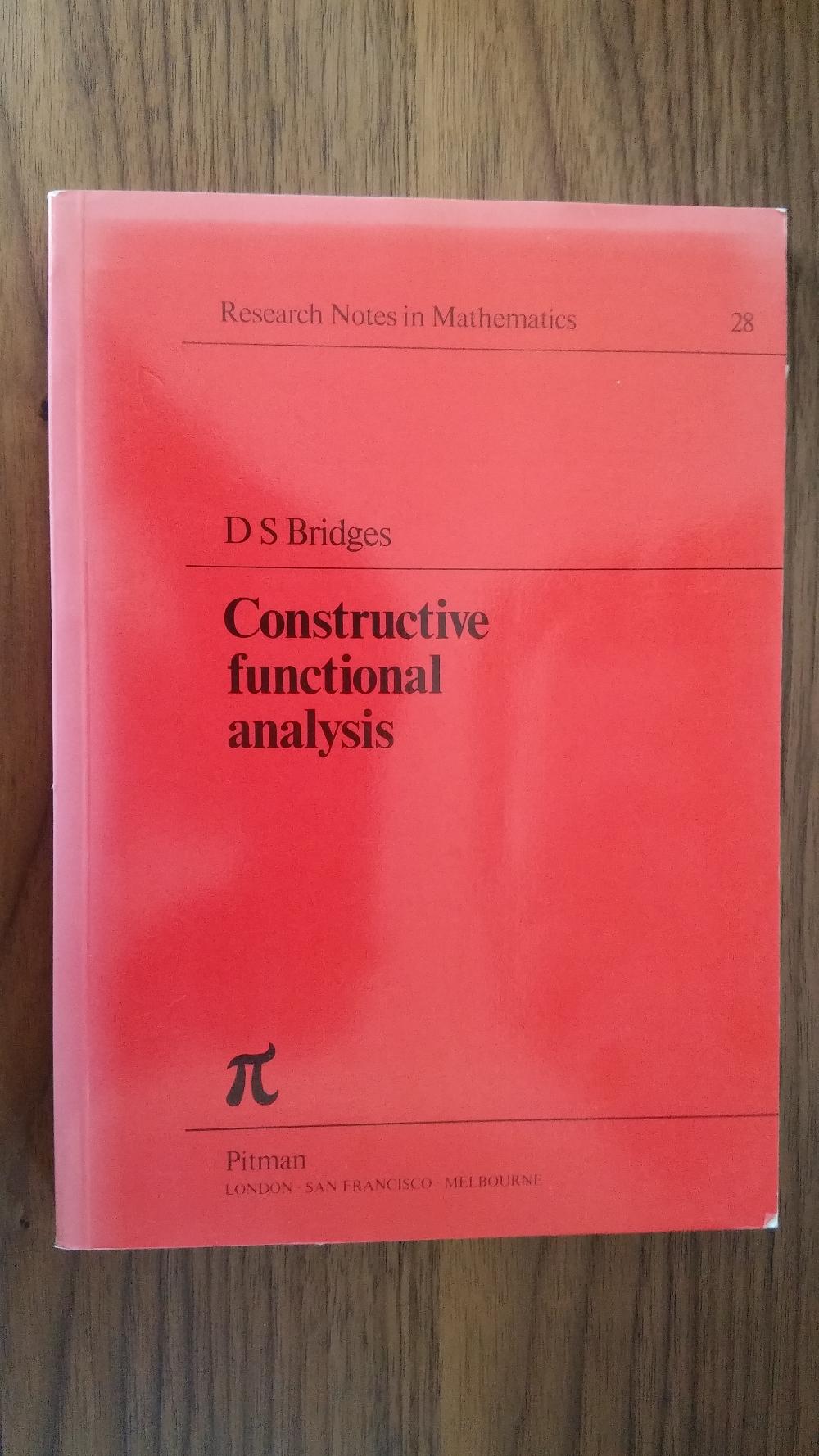Sasso Lungo, Dolomites, Italy
Rotating Frames of Reference
Lagrange's equations are used to describe the motion of a particle relative to two rotating frames of reference. This leads to a derivation of Euler's equations for the rotation of a rigid body, and to a discussion of motion relative to the rotating earth. There is nothing original in the article, but the use of Lagrange's equations is interesting.
Differentiating rational power functions without limits
James Dent's Diagram for Constructive Reverse Math
A Guest Professor Reflects
A Constructive Theory of the Real Line
https://docs.zoho.com/file/5ce0zd6d2f0efc3804f9e92a8641a3004aa23
Notes on fluids and elasticity
https://docs.zohopublic.com/file/qwmf0a317e2cb2c7f4228b758ec5a0ab7fdc9
These are notes typed, for my own edification, in 1970. They cover: basic continuum mechanics; the dynamics of fluids, including the Navier-Stokes equation; deformation of rods and beams.
_________________________________________________________________________________________
Very rudimentary foundations of mathematics
for advanced high-school students
https://www.dsbridges.com/files/SMP%20project%20from%201981%20011123.pdf

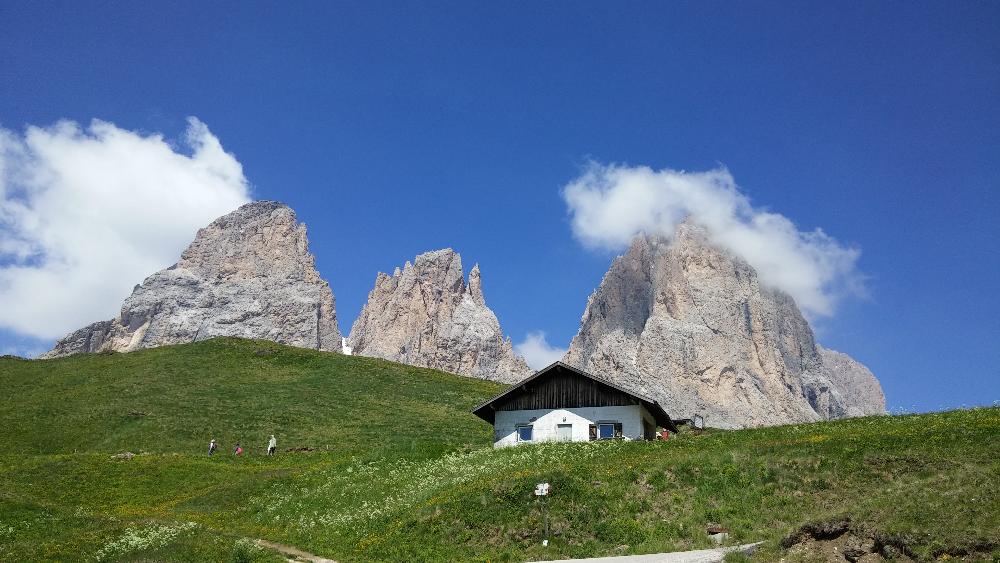
.jpg)
